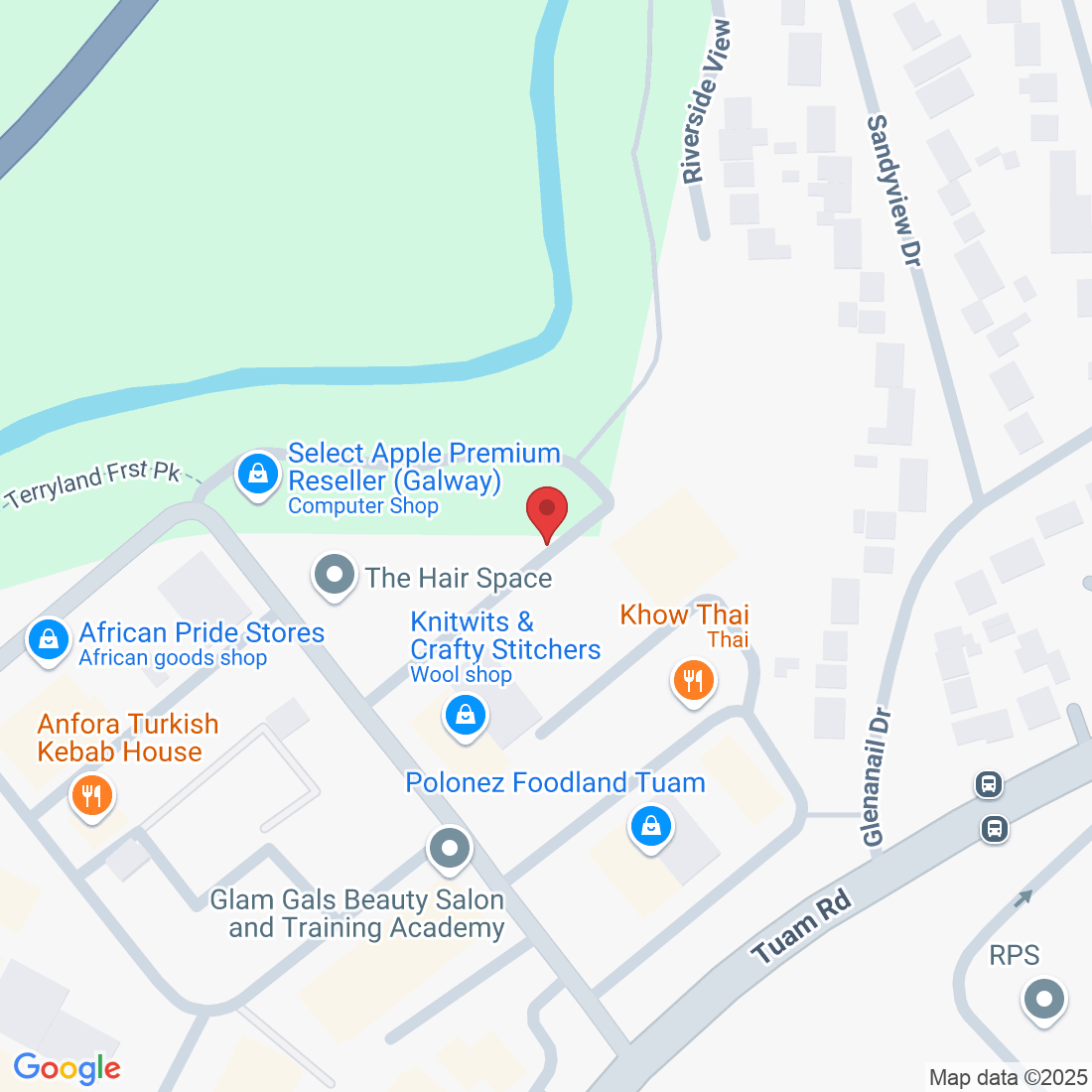
Understanding Turf Toe: A Comprehensive Overview of the Injury
If you’re here, you’ve probably heard of the term “turf toe” and wondered what it actually means. Maybe you’ve even experienced that annoying, painful sensation yourself. Well, you’re in the right place! Let’s break down what turf toe is, why it happens, and how it can be managed.
What Is Turf Toe?
Turf toe is a sprain of the big toe joint, usually caused by hyperextending (bending back too far) the toe. It’s called “turf toe” because it’s commonly seen in athletes who play on artificial turf. But don’t be fooled – it’s not limited to just those who play sports. Anyone can get it!
Imagine this: You’re playing a soccer match, and you suddenly stop to change direction. Your foot stays planted, but your toe bends backward. That’s a classic setup for Turf Toe. It’s like your toe gets overstretched and the joint gets hurt. Ouch!
How does it happen?
Here’s a quick story. Take Tom, a college football player who plays on a synthetic field. He’s running down the field, makes a sharp cut, and—bam!—his toe bends backward. He felt a sharp pain right away. Tom went to see a podiatrist (that’s where we come in), who diagnosed him with turf toe. It turned out to be a common injury among athletes who frequently pivot or change direction suddenly.
What are the symptoms?
If you’ve got turf toe, you might feel pain, swelling, and stiffness in the big toe joint. It can be pretty uncomfortable, especially when you’re trying to walk or put weight on your foot. The pain can vary from mild to severe, depending on how bad the injury is.
Diagnosis and treatment
So, how do you know if you have turf toe? A podiatrist will usually start with a physical exam and might recommend imaging tests like X-rays or an MRI to check for any damage. If you’re experiencing pain in the big toe joint, it’s worth getting checked out.
Treatment typically involves resting the foot, applying ice, and elevating the foot to reduce swelling. Sometimes, wearing a special boot or using crutches might be necessary to keep weight off the injured toe. Pain medication can help manage discomfort, and physical therapy can be beneficial for getting back to your usual activities.
Recovery and prevention
Let’s talk recovery. It’s important to follow your podiatrist’s advice and not rush back into activities too soon. Giving your toe the time it needs to heal is crucial. And for prevention, if you’re an athlete, wearing appropriate footwear and paying attention to your playing techniques can help reduce the risk of turf toe.
Turf toe can be a real pain, but with the right approach, you can get through it and get back to doing what you love. If you’re dealing with this injury or just want to know more, don’t hesitate to reach out to us at Peak Podiatry Clinic. We’re here to help you every step of the way!
Feel free to drop us a line or book a consultation if you have any questions or concerns. Let’s keep you on your toes – pain-free and ready for action!
Ask Robert And His Team
Fill in the form to request a Call From Our Team
Fill in the form to request a Call From Our Team
One of our team will call you for FREE and answer any questions or concerns you may have about your Foot Pain.
One of our team will call you for FREE and answer any questions or concerns you may have about your Foot Pain.
© Copyright 2022. Peak Podiatry All rights reserved.





